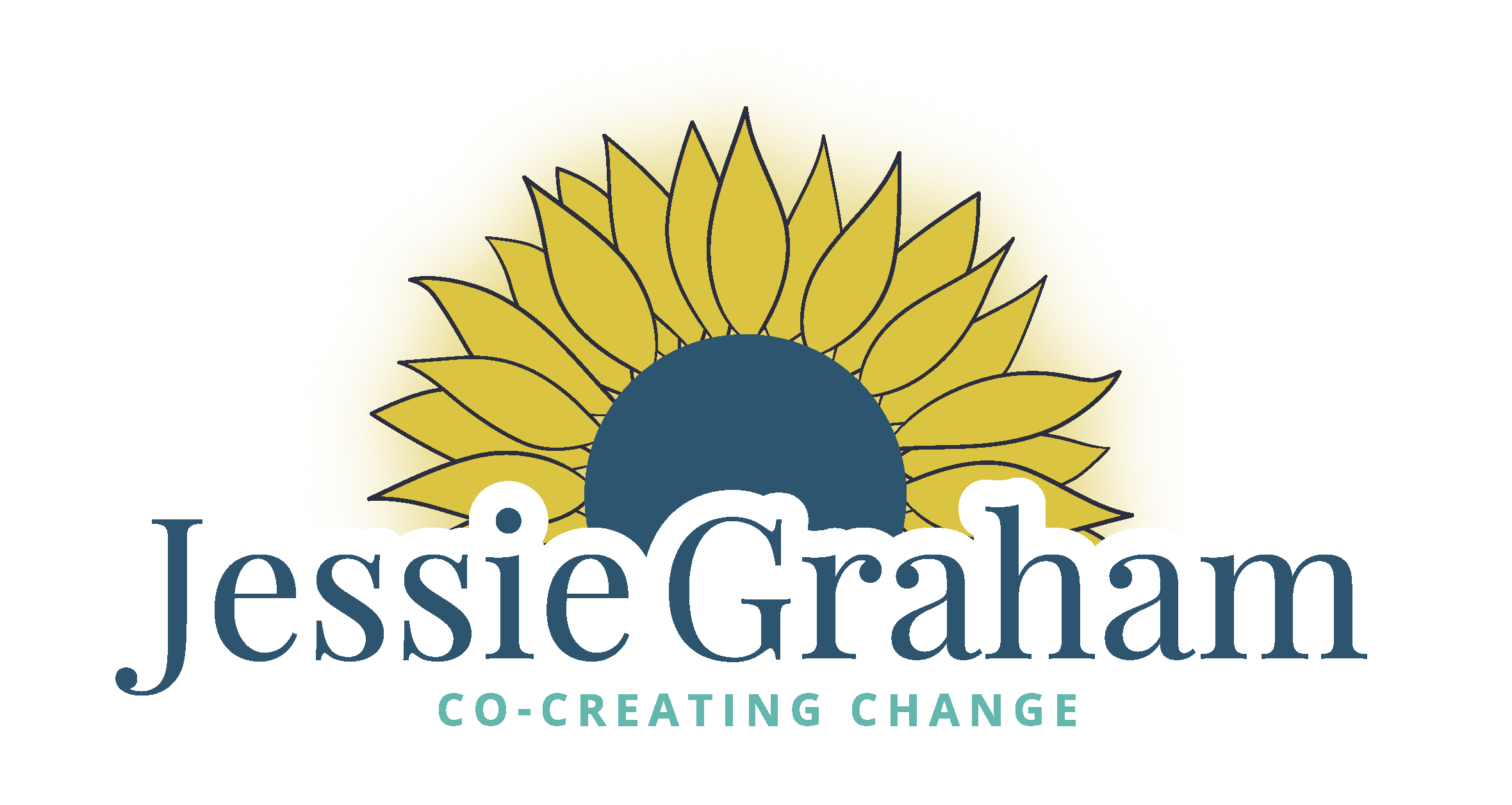Location, Time and Space, in Your Story
When thinking about a story you are retelling or writing, it is important to bring the audience to you. Where are you? How can you help them get there? Or when listening to someone share their story, can you ask them questions about the location, time and space?
Some powerful questions are simply; Where were you? Where did you go? When did you go? What time was it? What season was it? What Year or Month or Day was it?
The same is true when creating a story When are you going? What time are you doing this? How old will you be at the time of this story? What will it look like where you are going?
Opening up the mind to include the parts of the story helps you and the audience connect more clearly.
By describing the location or setting of the story with details, you can help to open the imagination. All stories that we tell have happened in the past unless we are intentionally creating them. So if we are retelling a story we are relying on memory to describe the setting.
When I work with children with challenges expressing language they often have challenges remembering the descriptions of places they have heard or read about. However, when taken through the Story Grammar process I use a Star as recommended by Mary Ellen Moreau at Mind Wing Concepts to symbolize the Place where the story takes place. When describing that we are brought into the time element as well. She mentions using the Star as it is a part of nature that helps us to locate ourselves in space when we might feel lost. It also has 5 different points to help us remember to describe it.
Take some time to think of a Story that is important to you, either one you have read or heard or told others. What are the ways you understand the setting? What other details do you wish you had? Be curious, the brain loves to project what it thinks it knows, but it is important to get the story straight!
In schools where I have worked for many years, many of the students have lived in many settings over their short lives, some live daily between two parents or are homeless. Some of them have not had an opportunity to understand where they have been. Some students have not been able to orient to the location of where they live. Using Story Grammar to have them include the setting when telling a story can help the listener to tune in to the “whole” story.
As we tell, write, read and hear our story and the story of others, always remember that it is forever changing.
Change YOUR story
Change YOUR thoughts
Change YOUR language
Change YOUR Life!
